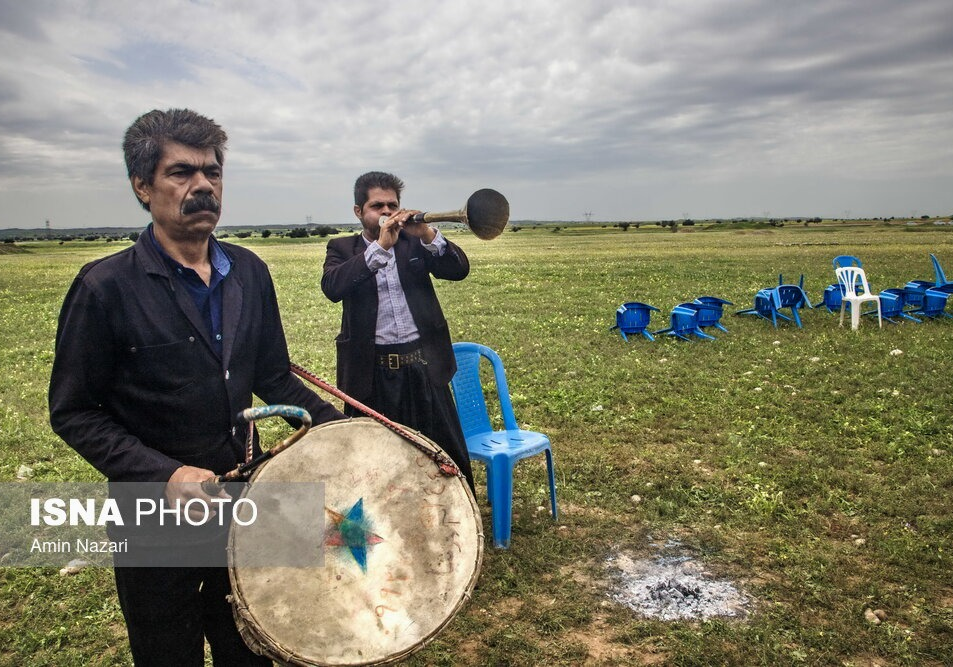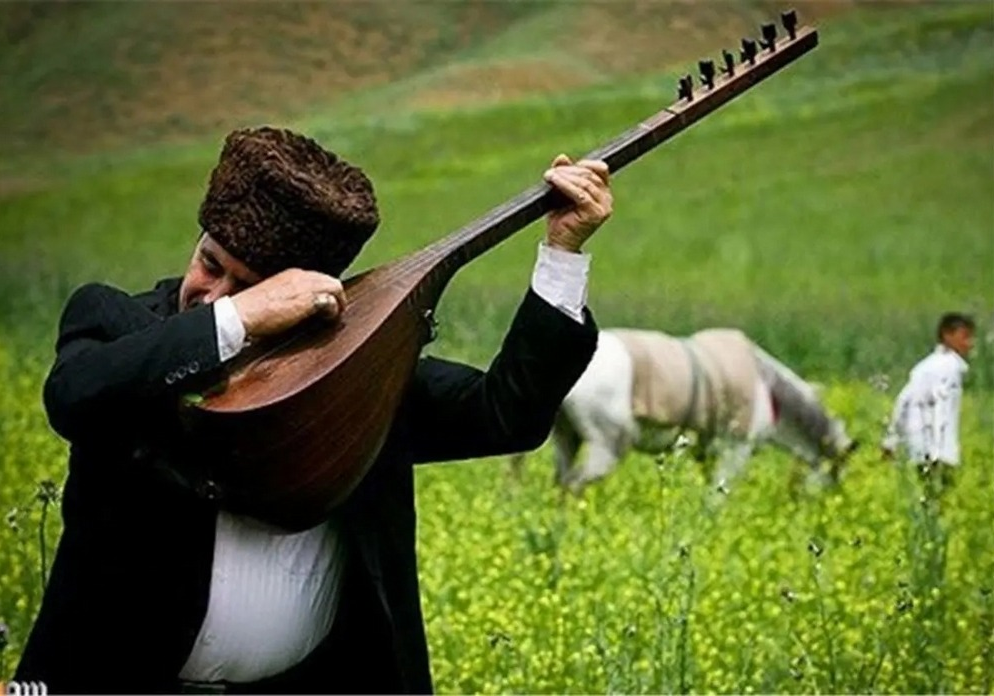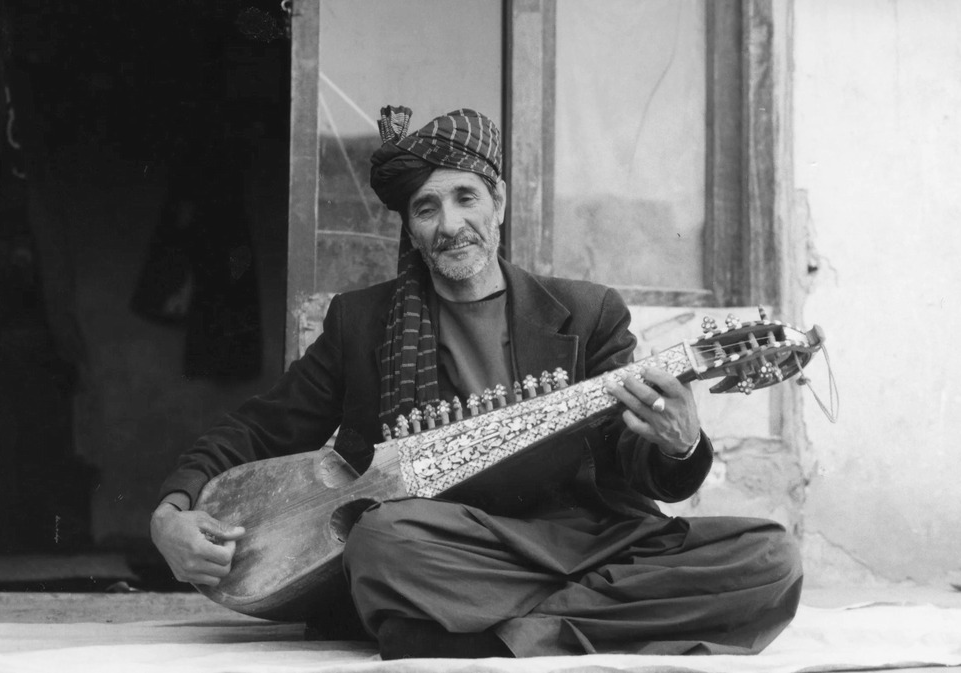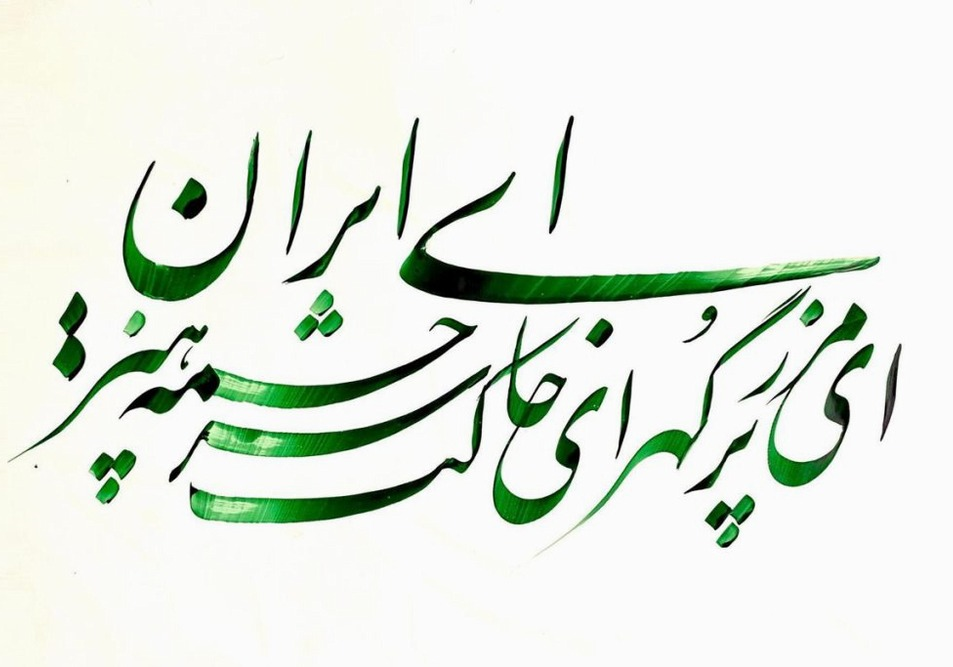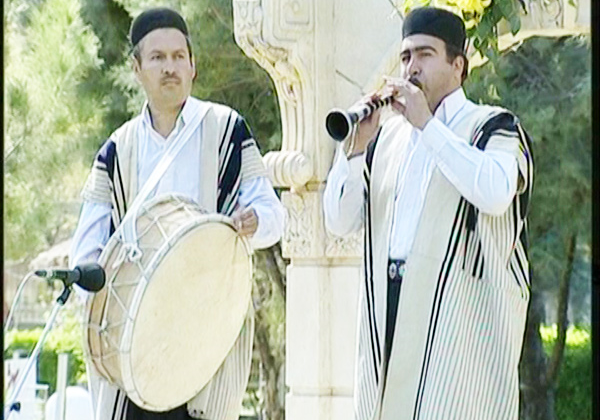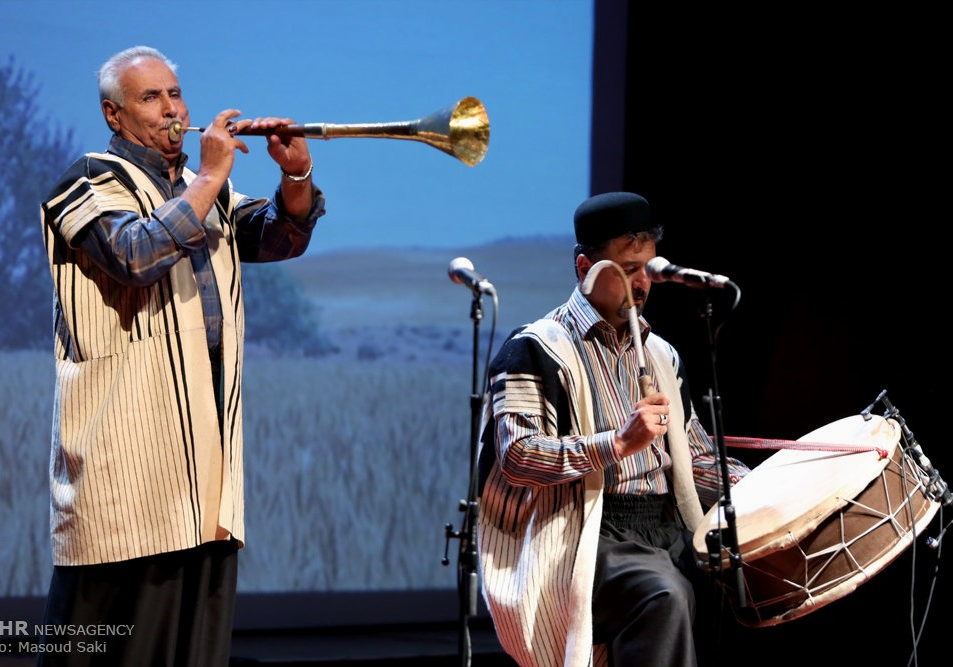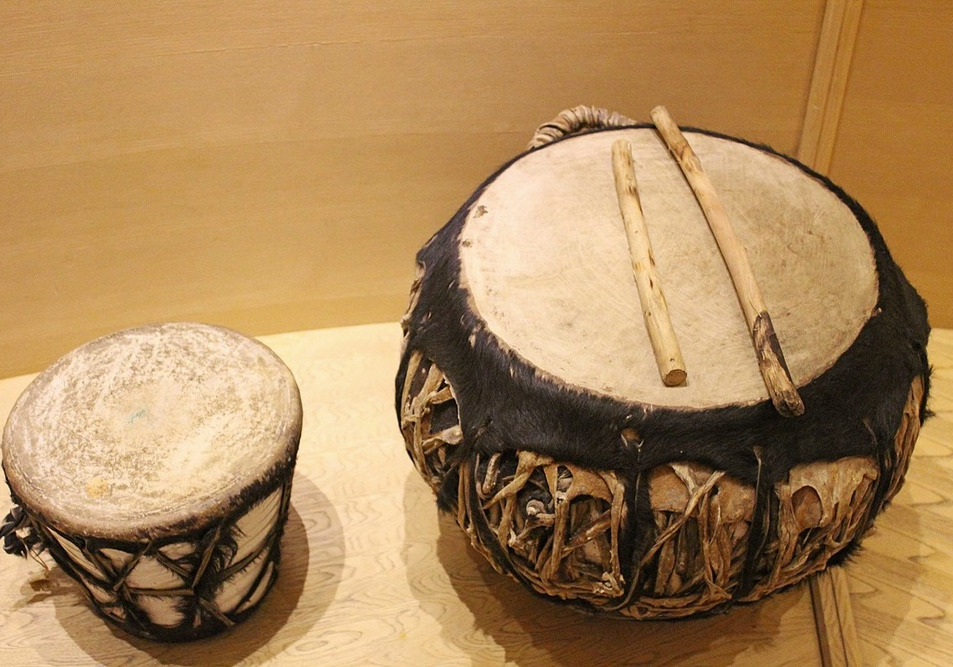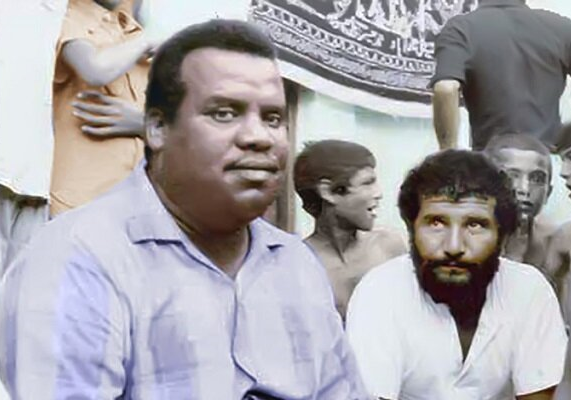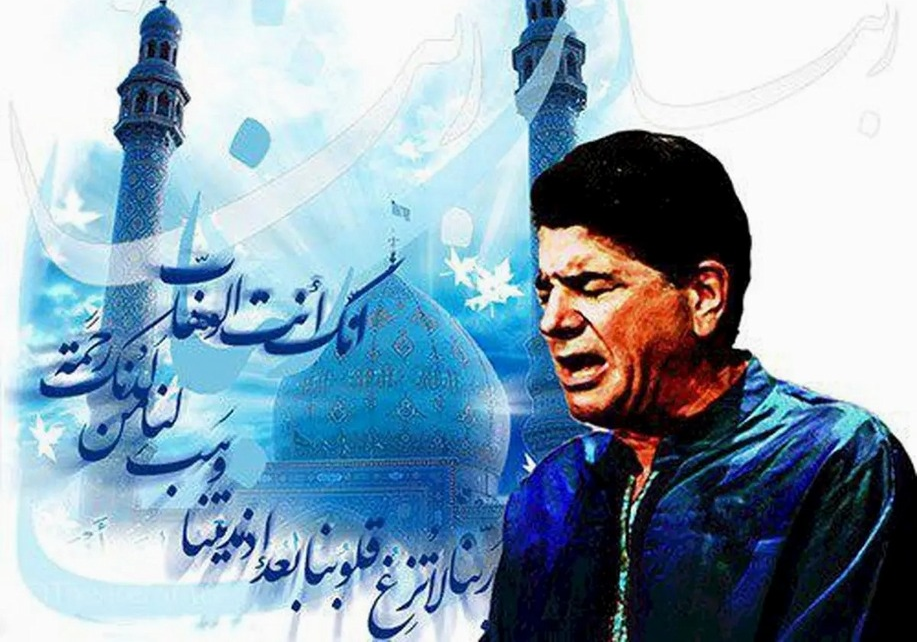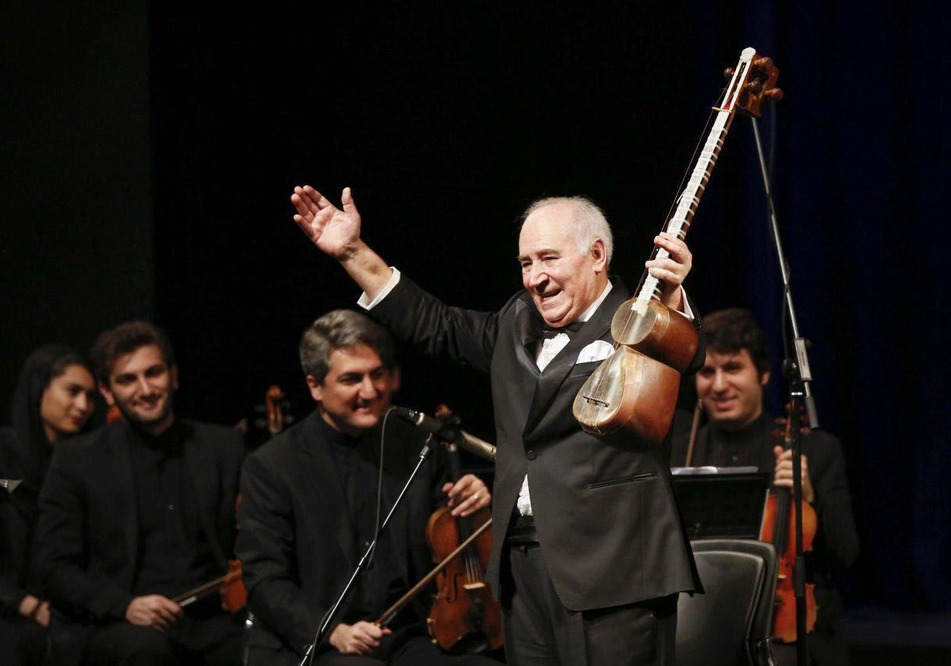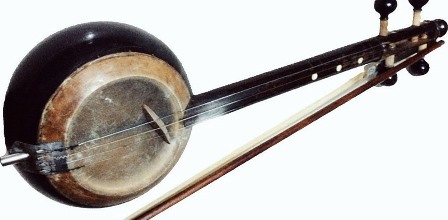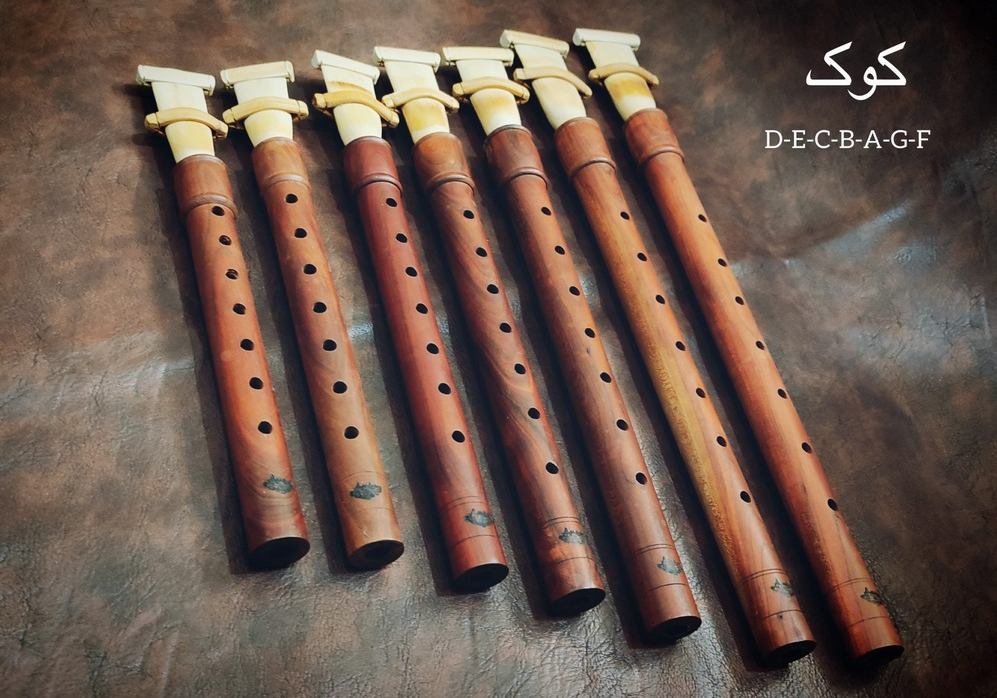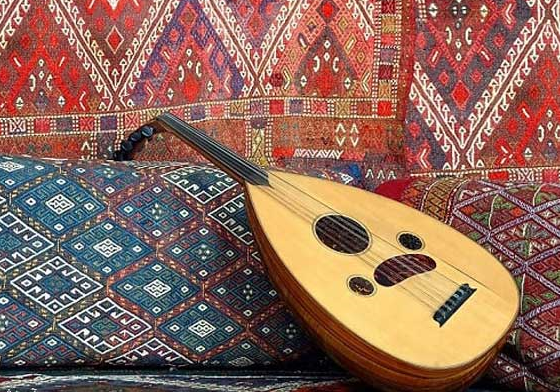
Radif in Iranian Music
Radif in Iranian Music
The traditional music of Iran is based on radif, which is a collection of songs and melodies called “gusheh” or “maqam”. Radifs are arranged in a certain order, creating patterns called “dastgah”. The gusheh with the lowest acoustic amplitude is called the “daramad”, and the other gushehs are placed after it.
Radif in Iranian music consists of two main and subsidiary parts. There are seven dastgahs in the main part, which include the music of most of the regions of Iran. These dastgahs are:
1. Shur,
2. Homayun,
3. Mahur,
4. Segah,
5. Chahargah,
6. Rast-Panjgah, and
7. Nava.
What Does Radif Mean?
Radif is a way to teach the gushehs, songs, and patterns. Bruno Nettl, an ethnomusicologist who had researched about Iranian music for years, has said:
“At first glance, it seems that radif is a collection of gushehs of the same importance, but this is not true, because each gusheh has its own value. Some gushehs are long, and others may create modulation, which is a change from one pattern to another.”
From “Gaam” to “Dastgah”
In the past, Iranian music was played using “gaam”, but gradually “gaam” was changed to “dastgah” and gushehs were introduced as subsets of seven general patterns (dastgahs). The sevenfold division of Iranian musical dastgahs took place during the Timurid era (14th to 16th centuries AD).
Raphael Georg Kiesewetter, an Austrian musician of the 18th and 19th centuries, has described the formation of these changes as the movement of Iranian music toward orderliness. This trend continued in the Safavid era and reached its peak during the Qajar era. Toward the end of the Qajar era, “radif” was used in a special way.
How Is Radif Taught?
At first, Iranian music was taught individually but with the creation of radifs, it became possible to teach it in groups. Each of the students could create radif by using the general patterns and adding them to dastgahs, which preserved radif in Iranian music and evolved it. The teaching of the gushehs was still prevalent in the traditional way, until Ali Akbar Farahani, a master in playing string instruments, classified Iranian music according to his own taste in the middle of the 19th century. The radifs of Mirza Hossein Qoli and Mirza Abdullah are the oldest common radifs, and among them, the radif of Mirza Abdullah has played an important role in the survival of radif in Iranian music.
Sometime later, in 1911, Alinaghi Vazir, one of the students of Mirza Hossein Qoli and Ali Akbar Shahnaz, made Iranian music presentable in a theoretical form by notating its radifs.
Some radifs of Iranian music such as Darvish Khan’s radif or that of Kambiz Roshan Ravan are used for teaching children.
The Arrangement of the Gushehs in a Radif
The order and sequence of the gushehs of radif are descending (from top to bottom). For example, the arrangement of some radifs of the quadrilateral dastgahs is as follows:
• Daramad: First (at the base),
• Zabul: Third,
• Hesar: Fifth,
• Mokallaf: Sixth,
• Muyeh: Fourth,
• Maghlub: Eighth,
• Mansouri: Eighth.
In the end, one or more gushehs, called forud (end), return the vocal music to the opening section.
Some radifs, such as “hesar” and “muyeh”, have special notes that are outside the main structure of the pattern, and modulation, is done by using them, i.e., there are melodies that change to a chahargah by using forud.
Manifestation of Iranian Culture in Iranian Music
Bruno Nettel believed that Iranian music represented the cultural structure of Iran in the 19th and 20th centuries. He has summarized the factors influencing the formation of radif in Iranian music in several cases:
• Creation of social classes
• Individualism
• Common compliments at the beginning of informal conversations or after the formal introduction, which are done with the purpose of expressing friendliness.
After the victory of the Islamic Revolution in 1979, major cultural changes took place in Iran and people showed more inclination towards traditional Iranian music.
Radif in Iranian music consists of two main and subsidiary parts. There are seven dastgahs in the main part, which include the music of most of the regions of Iran.
| Name | Radif in Iranian Music |
| Country | Iran |
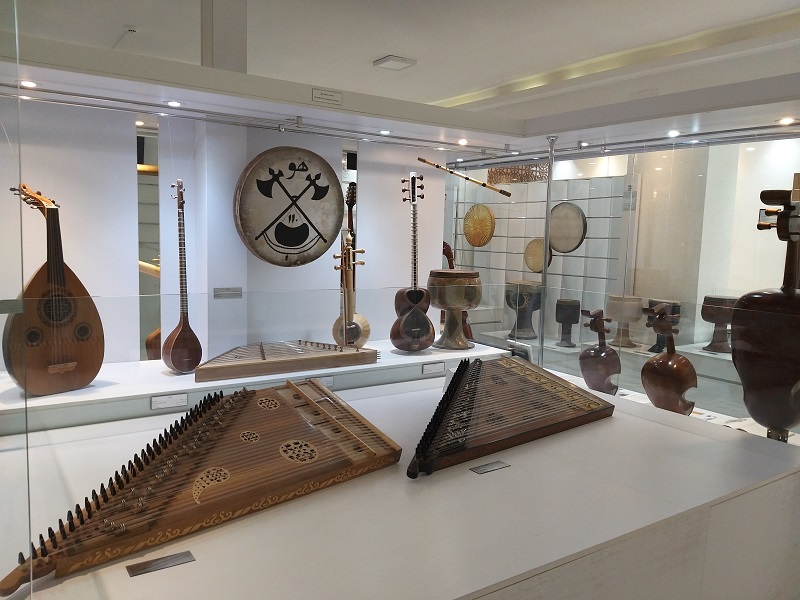


Radif in Iranian Music
Radif in Iranian Music
The concept of “radif” in traditional Iranian music comprises a collection of traditional melodies that are divided into various musical dastgahs in a special order. In other words, radif in Iranian music is a way to divide the “gusheh” because each gusheh is a part of one or more dastgah, which usually has a fixed form. Through radifs, the gushehs are placed together in a certain order. In addition to regulating the performance, this arrangement also makes teaching music easier. During the performance, the gushehs can form the foundation for improvisation and the creation of new rhythms and melodies.
The History and Importance of Radif in Iranian Music
It seems that the first radif was compiled by the late Ali Akbar Khan Farahani in the Qajar era (19th century). He was a master musician and passed his expertise to his two sons, Mirza Abdollah and Hosseinqoli. Presently, no oral or written record of Ali Akbar Khan’s radifs is available, but these radifs were later orally transmitted to the next generations and became the basis for the creation of other radifs. Later on, based on the teachings of Ali Akbar Khan, the first written radif was prepared by Alinaqi Khan Vaziri in the 1910s AD.
The importance of radif in Iranian music is because this element forms the identity of Iranian music. An inquiry into the music of different lands of the world shows that there is no independent musical identity in the world except among a few countries with a long civilization. Therefore, preserving the radifs of Iranian music is an important factor in introducing the identity of this music and the civilization giving rise to it.
Radifs of Iranian Music; the Peak of Artistic Creativity
The gushehs of Iranian traditional music are very diverse, the most important of which are: Mokhalef-e Segah, Mokhalef-e Chahargah, Shahnaz, Bidad, Shekasteh, Hejaz, and Araq. The vocal gushehs have a poetic part and a written part. In the poetry part, the words are recited in full, and stanzas of a poem or verse are sung in a melodic form, but in the written part, the singer conveys the tunes by changing the pitch of his voice. These gushehs are performed with the instrument as well.
Based on a consensus among contemporary sources, there are seven dastgahs in Iranian music: Homayoun, Mahur, Shur, Segah, Chahargah, Rastpanjgah, and Nava, of which Shur is considered the basic dastgah and the mother of Iranian music, which can be used to enter other dastgahs or to enter it from other dastgahs in the form of performance in different gushehs.
What is important about “Radif” is the element of its creativity. In fact, radif is not just a set of corners, but also a special way of arranging gushehs. A radif is created when melodies and songs are arranged in a sequence that is in alignment with the artistic logic and aesthetic taste of Iranian culture, and the rotation of the notes and the harmony of the musical intervals are taken into consideration. In the past, anyone who reached the stage of mastery in Iranian music and had a command over dastgahi Iranian music would introduce his desired radif. Presently, there are many radifs in Iranian music, which include the radifs created by Mirza Abdollah, Agha Hosseinqoli, Alinaqi Khan Vaziri, Abolhassan Saba, and Abdollah Khan Davami.
Improvisation is one of the most important, diverse, and attractive parts of Iranian music, but it is in no way in contrast with the laws of Iranian music. Improvisation requires extensive knowledge of dastgahs and gushehs of Iranian music. In improvisation, the artist can demonstrate his feelings within the framework of radifi music. In fact, with the various possibilities available in Iranian music, the artists have the opportunity to present a piece in a particular way in one performance and perform the same piece in a different way in another performance; in accordance with the mood of the audience.
The file that was prepared for the inscription of the radifs of Iranian music in UNESCO was very extensive and included different dimensions of gushehs, dastgahs, and radifs and it was eventually inscribed on the UNESCO List of Intangible Heritage in October 2009.
| Name | Radif in Iranian Music |
| Country | Iran |
| Works | Traditional music |
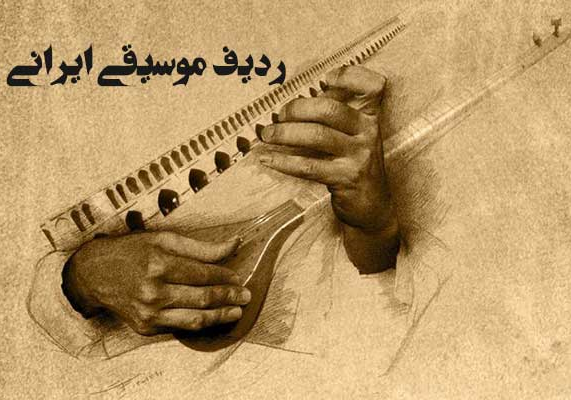
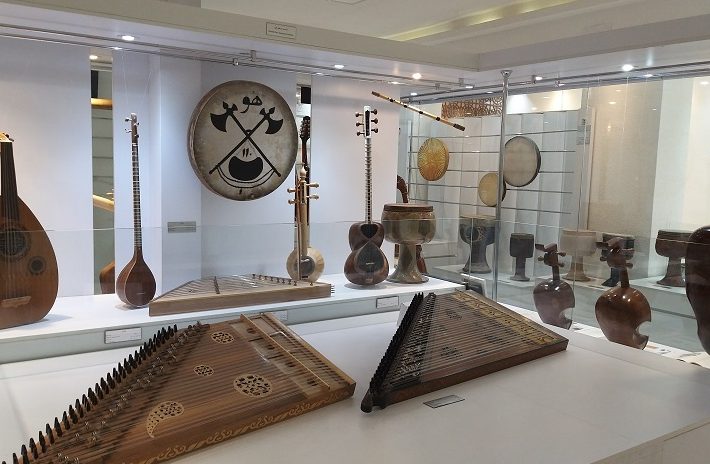


Choose blindless
Red blindless Green blindless Blue blindless Red hard to see Green hard to see Blue hard to see Monochrome Special MonochromeFont size change:
Change word spacing:
Change line height:
Change mouse type:
